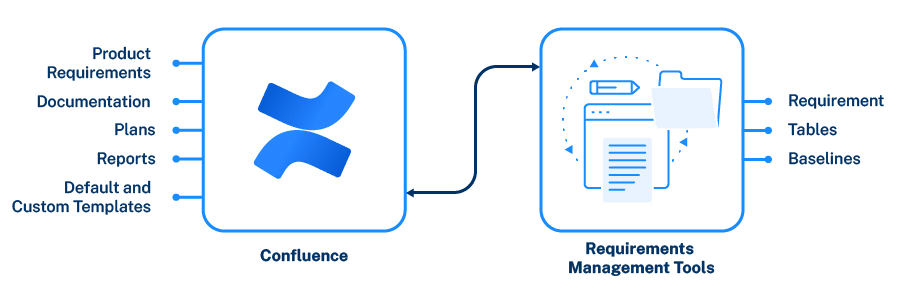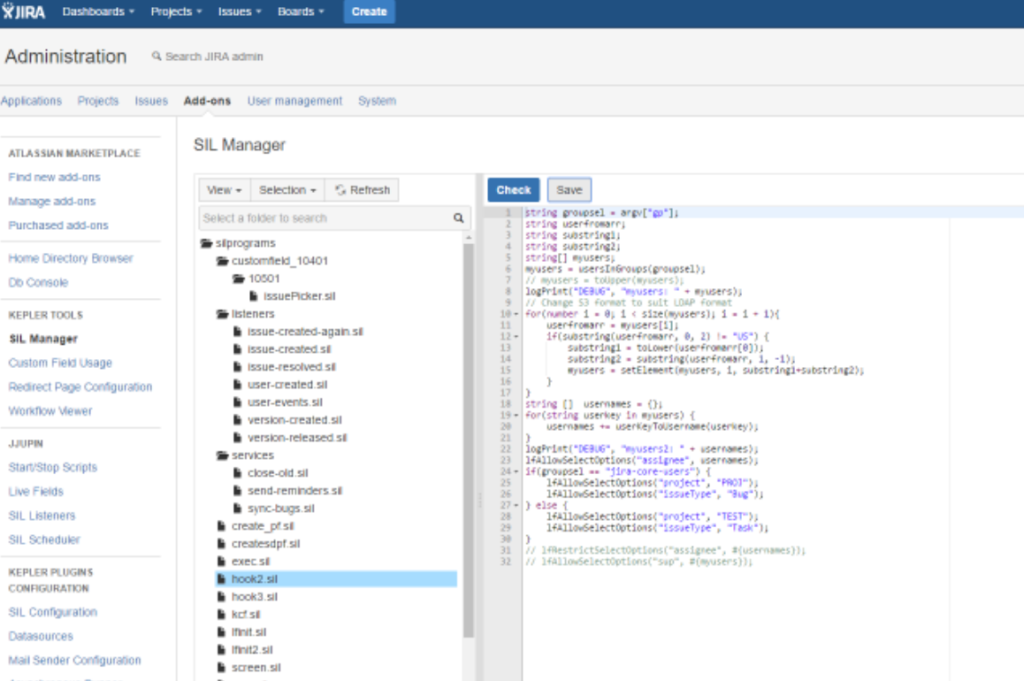

Go to and edit the page where you want to link to the heading. Hover over the heading to reveal the link icon to the left of the heading. Go to the page and scroll down to the heading. If you only need to get the URL that takes viewers to a heading, do the following: Heading links use a combination of the three character space identifier and the page ID along with the page name and header name. To link to a heading on a page or another page: Paste the URL in the link tool pop-up, remove any text after the file extension in the URL, and give it a more friendly name if desired. To link to the latest version of an attachment on another page: Paste the URL in the link tool pop-up, and give it a more friendly name if desired. Right-click on the file name of the attachment, and select Copy Link Address. Go to the published version of the page containing the attachment to which you want to link. In the meanwhile, you can use this process to accomplish your goal. Confluence automatically creates a 'mailto:' link.ĭoing this through the link tool is coming soon. Type the email address in the link tool pop-up where ever you want it to appear on the page, and give it a more friendly name if desired. Go to the page where you want to link to the email. Paste the URL in the link tool pop-up and give it a more friendly name if desired. Locate the inline page comment, and select to open the pop-up. To link to an inline comment in a Confluence blog or page: Go to and edit the page where you want to link to the comment.

The page reloads scrolling you to the comment. To link to a page comment in a Confluence blog or page: Confluence automatically converts this to a smart link that displays the issue number, summary text, and status. Go to and edit the page where you want to link to the attachment. To link to a Jira issue (where Confluence and Jira are connected): Paste the URL in the link tool pop-up where ever you want it to appear on the page, and give it a more friendly name if desired. Go to the page whose link you want to use. To link to external sites, Confluence blogs, or Confluence pages:
#HOW TO USE CONFLUENCE AS AN INTRANET PRO#
Pro tip - if you are adding a link to an anchor from a Gliffy diagram, you must use the entire URL, not just the pagename#anchorname portion. Link = sitename.domain/wiki/Project+notes#notes-from-today Paste the URL to the copied page in the link field followed by a # symbol and the anchor name.

Highlight the text to be used as the link Go to the page where you want to add the link and edit the page To link to an Anchor macro on another page:Ĭopy the page of the URL to whose anchor you want to link If your Anchor Name is topofpage, you'll enter #topofpage when creating your link. The name is displayed on the anchor when editing the page.Īdd the link to the anchor anywhere on the page by highlighting the text to be used as the linkĮnter the name of the macro prefaced by a # symbol. Make note of the name of the anchor to which you want to link. To link to an Anchor macro on the same page: Depending on the destination of your link, there are a variety of ways to format your URL.


 0 kommentar(er)
0 kommentar(er)
